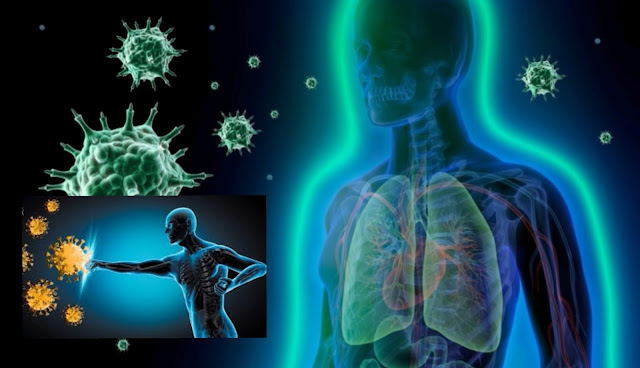The Fundamental Mechanism of the Human Immune System
At its core, the human immune system operates as a guardian, shielding the body from potential threats like bacteria, viruses, fungi, parasites, and even cancer cells. This defense system comprises two primary lines of protection: nonspecific innate immunity and specific acquired immunity.
Nonspecific innate immunity serves as the initial barrier against any foreign intruders. It encompasses physical defenses such as the skin and mucous membranes, chemical defenses like antimicrobial proteins and enzymes, and cellular defenses involving white blood cells capable of engulfing and eliminating pathogens. Nonspecific immunity doesn't necessitate prior exposure to invaders and doesn't give rise to memory cells.
On the other hand, specific acquired immunity acts as the secondary line of defense, customized to counter specific types of pathogens. It hinges on the recognition of antigens—molecules located on the surface of pathogens or abnormal cells—by white blood cells called lymphocytes. Lymphocytes come in two primary types: B cells and T cells. B cells generate antibodies, specialized proteins that bind to antigens, marking them for destruction by other immune cells or complement proteins. T cells possess the capacity to directly eliminate infected or abnormal cells or facilitate the activation of other immune cells. Specific immunity demands previous exposure to antigens and yields memory cells capable of delivering lasting protection against future infections caused by the same pathogen.
The immune system is a complex, dynamic network featuring cells, tissues, organs, and molecules that collaborate to safeguard the body against harmful entities. Furthermore, it has the remarkable ability to adapt and learn from past encounters with pathogens, enabling it to mount more potent and rapid responses in subsequent encounters. Undoubtedly, the immune system plays a pivotal role in preserving health and warding off diseases.

